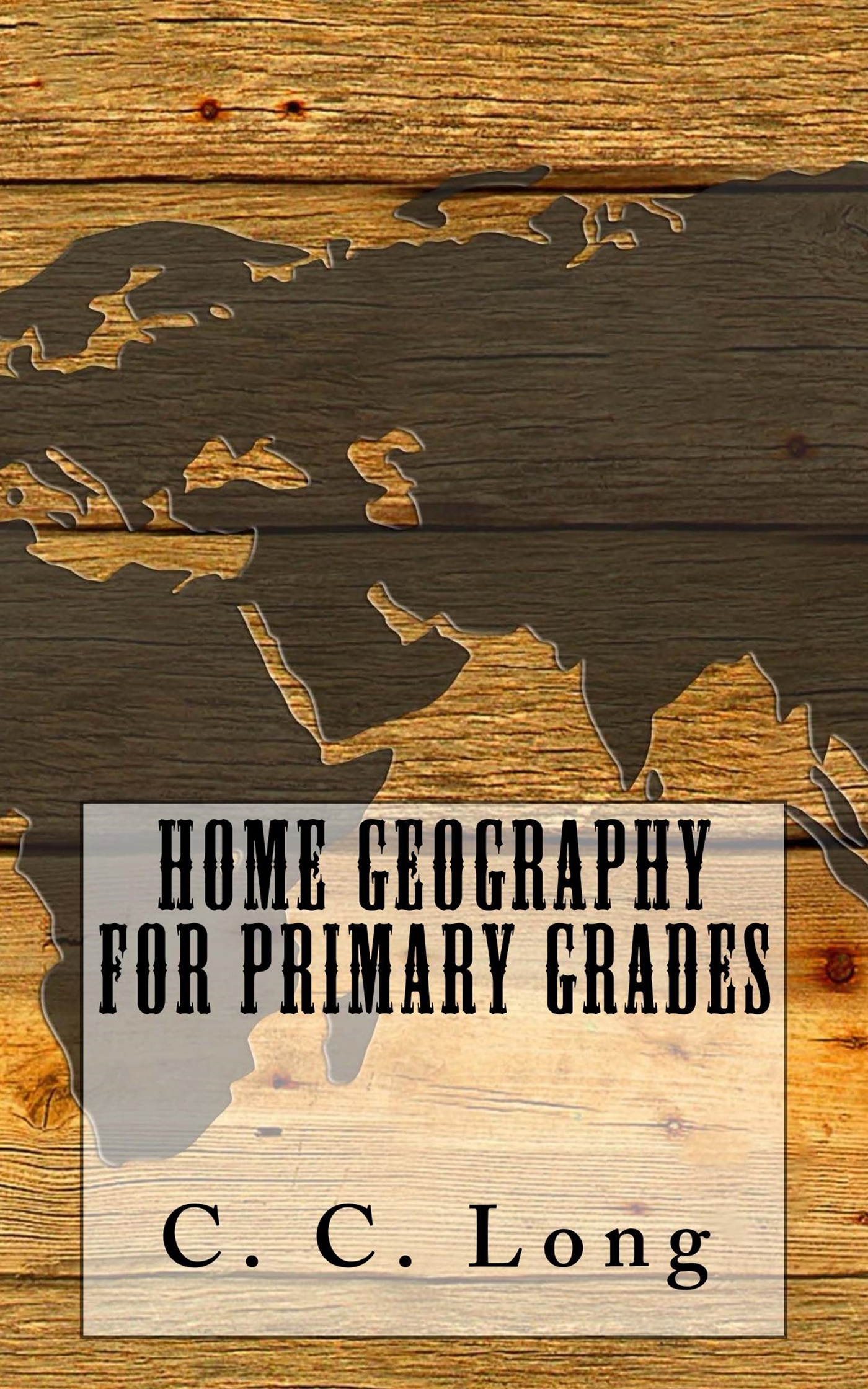
Geography may be divided into the geography of the home and the geography of the world at large. A knowledge of the home must be obtained by direct observation; of the rest of the world, through the imagination assisted by information. Ideas acquired by direct observation form a basis for imagining those things which are distant and unknown.
The first work, then, in geographical instruction, is to study that small part of the earth's surface lying just at our doors. All around are illustrations of lake and river, upland and lowland, slope and valley. These forms must be actually observed by the pupil, mental pictures obtained, in order that he may be enabled to build up in his mind other mental pictures of similar unseen forms. The hill that he climbs each day may, by an appeal to his imagination, represent to him the lofty Andes or the Alps. From the meadow, or the bit of level land near the door, may be developed a notion of plain and prairie. The little stream that flows past the schoolhouse door, or even one formed by the sudden shower, may speak to him of the Mississippi, the Amazon, or the Rhine. Similarly, the idea of sea or ocean may be deduced from that of pond or lake. Thus, after the pupil has acquired elementary ideas by actual perception, the imagination can use them in constructing, on a larger scale, mental pictures of similar objects outside the bounds of his own experience and observation.
To effect this, the teacher should visit with her class places where the simpler geographical features in miniature may be observed. If the school is in the city, pupils may be taken to the parks for this purpose. If out-of-door study be impossible, they may be induced to recall objects which they have seen on their way to school or on short excursions in the neighborhood. In the case of children who have little opportunity for observing nature, a drawing, a photograph, or a model will be helpful in giving them a proper idea of the matter. It must not be forgotten, however, that actual observation by the pupil is necessary to seeing clearly and intelligently.
Vegetable and animal life are essential features of the geography of the world, and considerable time should be given to the study of those within the observation of the pupils. Information concerning plants may be gained by outdoor study; also by planting seeds in boxes and having pupils carefully watch their germination and growth.
Pupils should be encouraged to make collections of the minerals and rocks of their region. These should be classified and arranged for use, not for show.
The lessons about rain, snow, dew, etc., should be given at appropriate times. A wet day will suggest a lesson on rain, a snowy day a lesson about snow. No attempt should be made at "science" teaching, so-called. All that should be sought is to get the pupil thoughtfully to observe, and thus to awaken his interest in the world about him.
Lessons should be conversational in form, which is always a most pleasing style for children, as it is the most natural. The work of the teacher is to awaken and stimulate interest, not to impart information. The attention of the child should be directed to what lies around him. He must observe, and think, and express his thoughts. Nor should his observations be confined to the school and school hours. He should be encouraged to obtain his information by his own searching, without guidance, and report the results.
The development of clear mental pictures is stimulated by expression. "Expression is the test of the pupil's knowledge." Hence, the child should be required to reproduce what he has learned. He may do this by modeling, drawing, and oral and written description. These are placed in the order which should be followed in the training of children.
The inclination of nearly every child left to his own mode of development is to make, in some plastic material, what he has seen. Trying to fashion the hills and valleys with which he is familiar excites his interest, and leads to closer observation. This may be followed by the reproduction in molder's sand, or in clay, of the forms seen in pictures or learned from description. Definitions of the various forms, hill, mountain, valley, island, etc., should be developed as they are molded. The memorizing of definitions should seldom be required, and should never be made a test of the pupil's knowledge.
Reproduction by the hand should be followed by drawing, whenever this can be done. Drawing teaches the child how to see well. It often enables him to reveal what could not well be expressed in words. He also becomes ready and rapid in the use of the pencil when he has ideas to put on paper. Only reasonable accuracy should be required. Practice in making fine pictures should not be the end sought, but the development of geographical ideas.
Finally, pupils should be led to give clear and connected statements of what has been learned. For a language lesson, a written description may be prepared, illustrated by a drawing.
Genre: JUVENILE NONFICTION / Science & Nature / Earth Sciences / Geography| Language | Status |
|---|---|
|
Spanish
|
Translation in progress.
Translated by Juan Carlos Sotillo
|